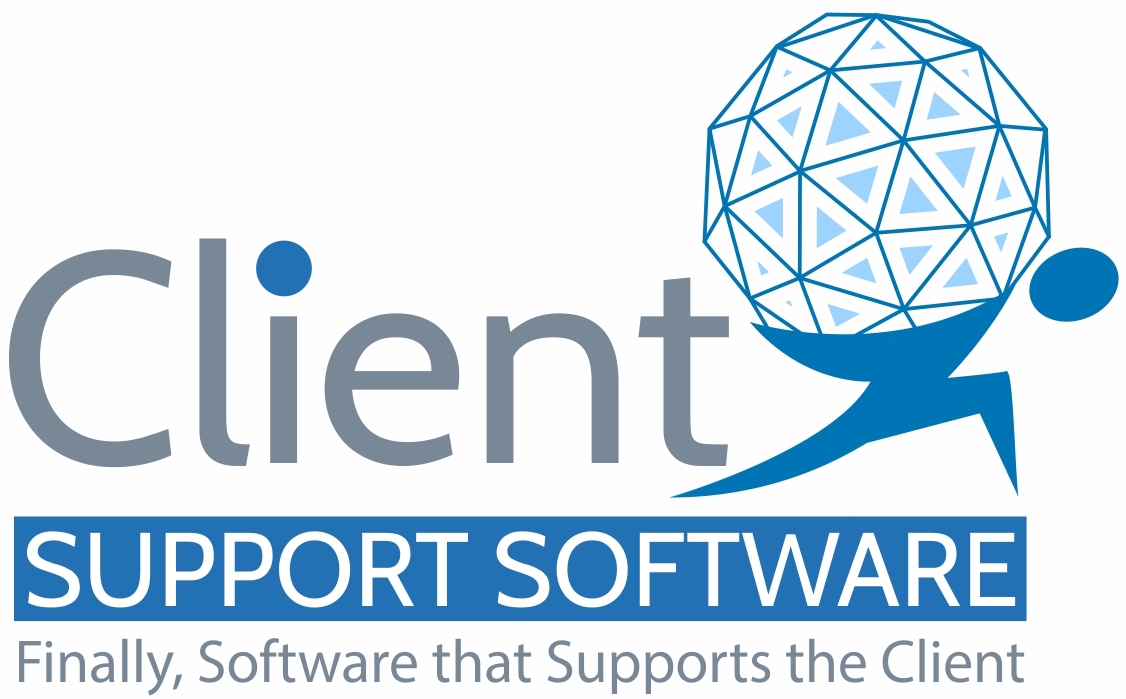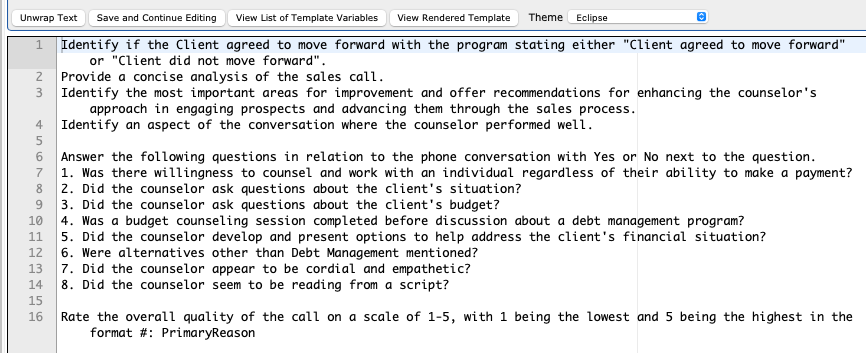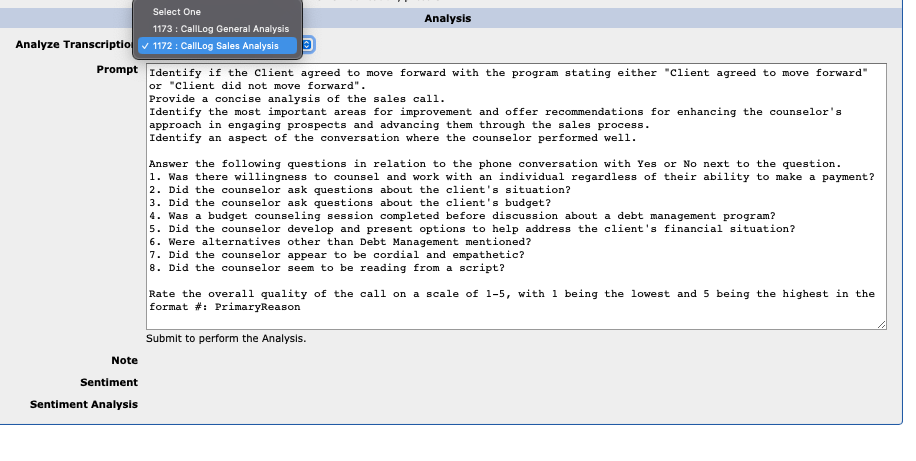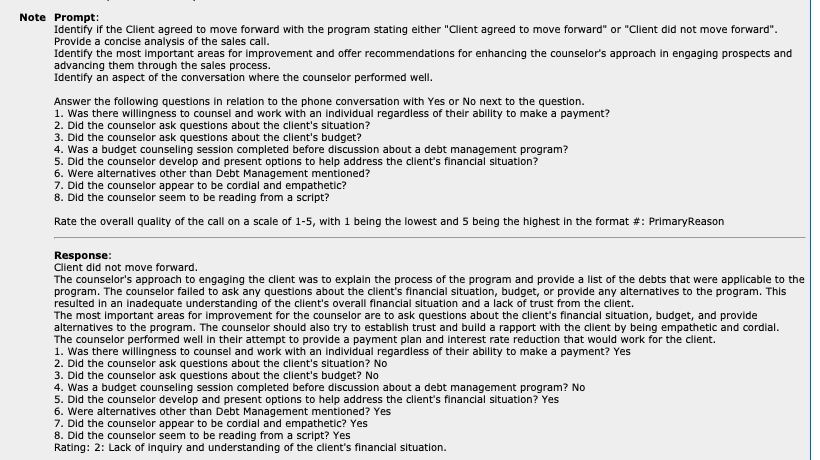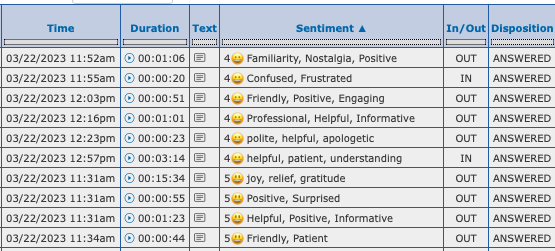Today, OpenAI hosted a Spring Update session where they introduced an exciting new model capable of processing audio, vision, and text in real-time. This model is twice as fast as GPT-4-Turbo and costs half as much. We’ve already upgraded the CMA to harness this powerful new model.
Current Use
We’re thrilled to keep enhancing our CRM platform with the latest advancements in Generative AI and Machine Learning. Our customers are already using OpenAI’s Whisper Large-v3 model for multi-lingual translation of call recordings. These transcriptions can be analyzed by GPT-4o and future models to generate concise, high-quality conversational summaries. These summaries help counselors and customer service representatives quickly grasp client interactions, including detailed housing counseling session summaries required for audits and overviews of enrollment and customer service calls. Additionally, OpenAI’s models are being used to evaluate conversations and efficiently handle complex ISO queries, significantly reducing the time required for analysis. A one-hour conversation can now be summarized, analyzed, and reported on within seconds.
AI Task Analysis Engine
Recently, we introduced generative AI capabilities into our Task workflow, integrating AI throughout the business process. This integration allows the analysis of client information across various communication channels like email, text, and phone, helping to securely identify the best-fit programs using financial data. This enables the creation of insights and reports that were previously unattainable with traditional statistical methods. The AI Task Engine also provides real-time recommendations to assist clients effectively.
GPT Agents
We have also introduced GPT Agents outside of the CRM to help build SQL queries for generating custom reports within the CMA. These agents can access the CRM’s database schema and are a step toward natural language reporting. Our GPT Agents can answer questions about system functionality and even process screenshots to provide step-by-step guidance on specific tasks. While these agents are still in the prototype stage and can occasionally produce suboptimal solutions, each advancement in reasoning and memory processing in new models enhances their performance. We are optimistic that these improvements will make interacting with the system easier and faster than ever.
Realtime Audio Processing
We’re also excited about the real-time audio capabilities demonstrated today, which will be available in the coming weeks. We’ve developed Voice Agents to assist with enrollment, qualification, counseling, and customer service. However, these agents were not ready for prime-time as they previously faced delays and pauses as they processed information. The new audio agents are a significant improvement, offering tone and emotional detection, nuanced communication styles, multi-language support, and smooth handling of real-time interruptions. As we offer a comprehensive solution, including phone system hosting, we look forward to integrating these tools to better support your counselors and agents in delivering high-quality assistance to more people.
Beyond
While OpenAI and others work on enhancing these models and their technical infrastructure, we’re committed to exploring how these tools can best support you and your customers. This presents an opportunity to reassess all job roles and discover how these tools can enhance, assist, and redefine our workflow to maximize satisfaction for both our team and those we serve.
We’re excited to unlock the potential of GPT-4o and future models, whether it’s GPT-5 or something entirely new.
